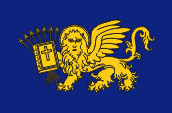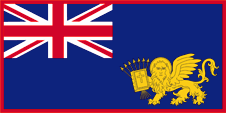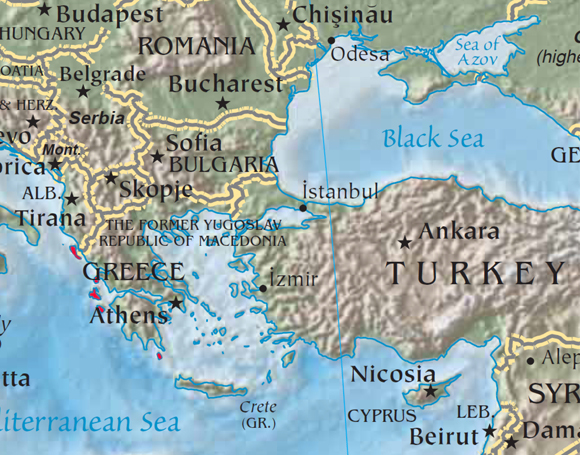mobile View, to the German Version tap the flag


- Greek administrative region
- own name in New Greek: Iónioi Nêsoi
• Flags
• Meaning/Origin of the Flag
• Map
• Numbers and Facts
• History
• Origin of the Country's Name

1800–1815,
Flag of the Ionian Islands,
Source, by: Wikipedia (EN),
Bild/picture by: By Orange Tuesday [Public domain],
via Wikimedia Commons




1815–1863,
Flag of the Ionian Islands,
Source, by: Wikipedia (EN),
Bild/picture by: By Orange Tuesday [Public domain],
via Wikimedia Commons




The flag of the Ionian Islands contains elements which point to the former rulers of the islands. The upper quadrant shows the British Union Jack and the field the Lion of San Marco, reminders of the rule of Venice. The flag has its roots in the flag of the Republic of the Ionian Islands, a state that existed here from 1800 to 1807 for a short time under Russian sovereignty.
Source:
Volker Preuß

Location:

Source: Freeware, University of Texas Libraries, modyfied by: Volker Preuß

Area: 891 square miles, thereof among other Kefallonia 302 sq.mi., Kerkyra (Corfu) 229 sq.mi., Zakynthos 155 sq.mi., Levkas 117 sq.mi., Ithaca 57 sq.mi., and Kithera 107 sq.mi. (to 1863)
Inhabitants: 207.855 (2011, without Kythera)
Density of Population: 90 inh./sq.mi.
Capital: Korfu (Kerkyra), 32.095 inh. (2011)
official Language: New Greek
other Languages: English
Currency: 1 Euro (€) = 100 Cent
Time Zone: GMT + 2 h
Source:
Wikipedia (D)

700–27 B.C. · the Ionian Islands belong to Greece
228 B.C. · Corfu becomes a Roman zone of influence
27 B.C. · the remaining islands come to the Roman Empire
395 · at the partition of the Roman Empire the islands come to the East Roman Empire (Byzantium)
1206–1209 · conquest of the Ionian Islands by Venice
1467–1500 · conquest of the Ionian Islands by the Ottoman Empire (except Corfu and Kithera)
1797–1799 · occupation by France
1799–1807 · possession of Russia
1807–1814 · possession of France
1814–1864 · possession of United Kingdom
1864 · to Greece
Source:
Atlas zur Geschichte, Wikipedia (EN), Discovery '97

The Ionian Islands have their name from the Ionian Sea, on the eastern edge of which they lie. The Ionian Sea is a part of the Mediterranean Sea and lies between Greece, the south coast of Albania, Calabria, Apulia and Sicily. The sea has been given its name in ancient times, but it this way has been called then the today's Adriatic Sea. It was named after Io, the daughter of the Greek river-god Inachus, was one beloved of Zeus and is the mother of Epaphus. The name of the sea or the islands has nothing to do with the famous ancient people of the Ionians. They settled in the early days on the northern coast of the Peloponnese, but were expelled from the Heracleidae and Dorians to Attica and from there on to the western coast of Asia Minor, which therefore bears the name Ionia.
Source:
1) Wikipedia (DE,
2) Wikipedia (DE,
3) Pierer's Universal-Lexikon,
4) Pierer's Universal-Lexikon


![]()








